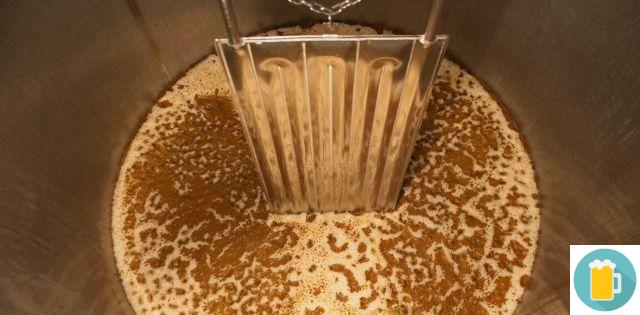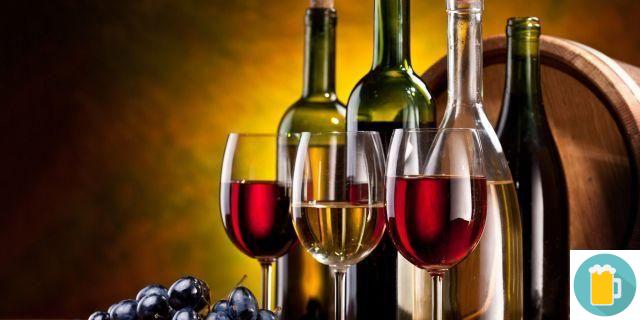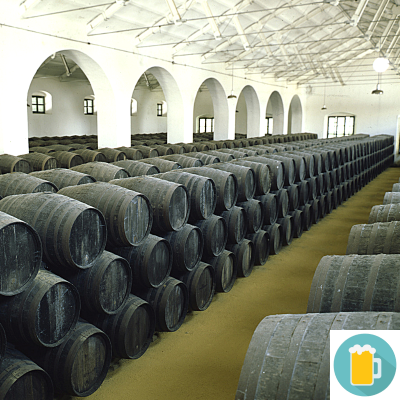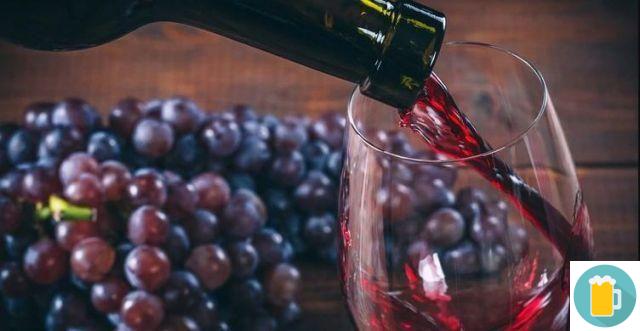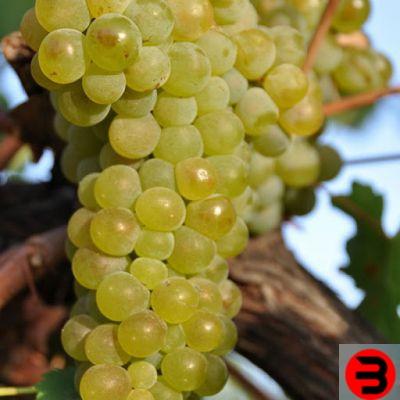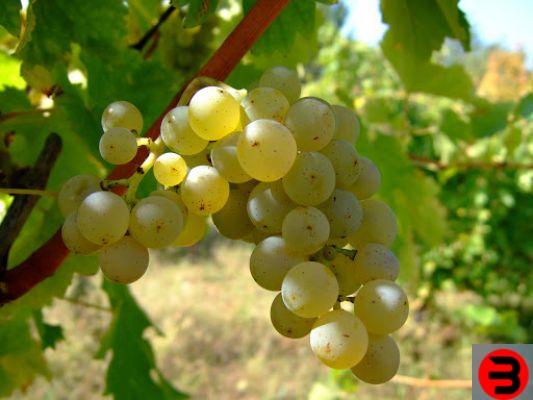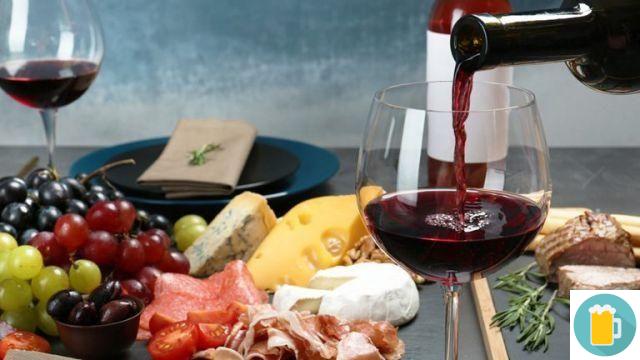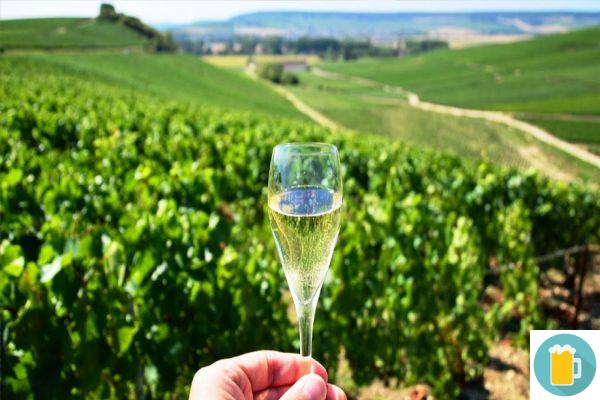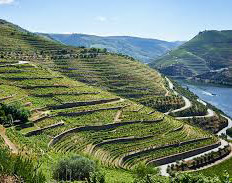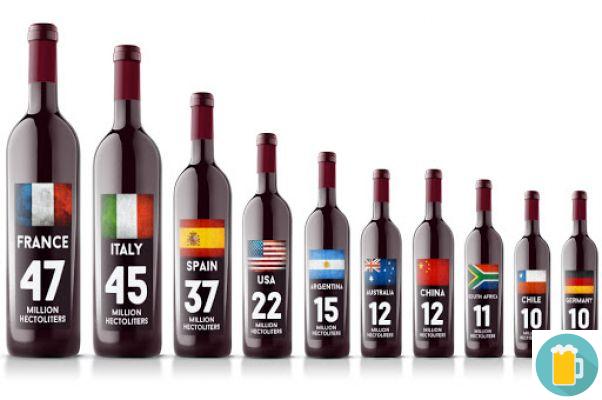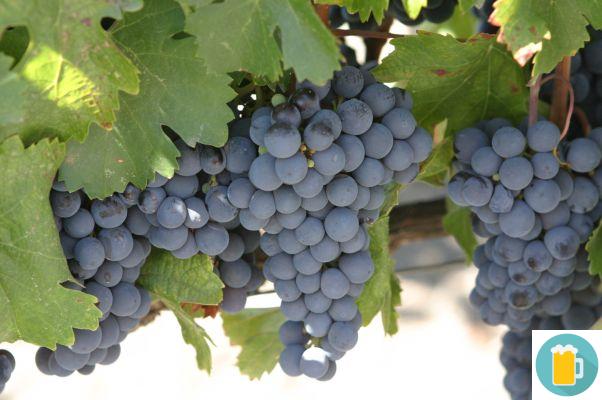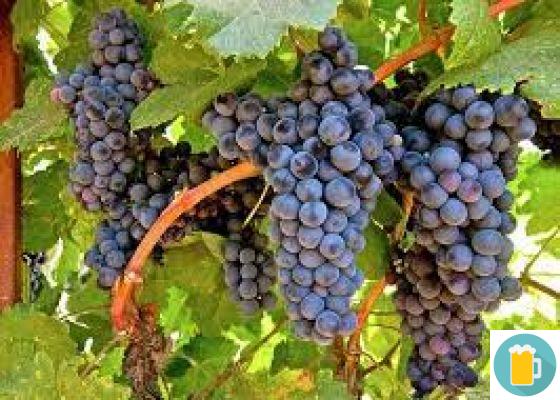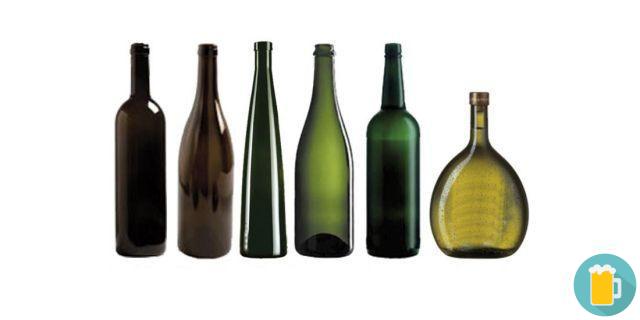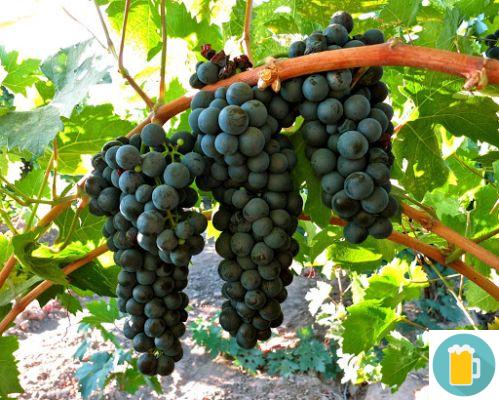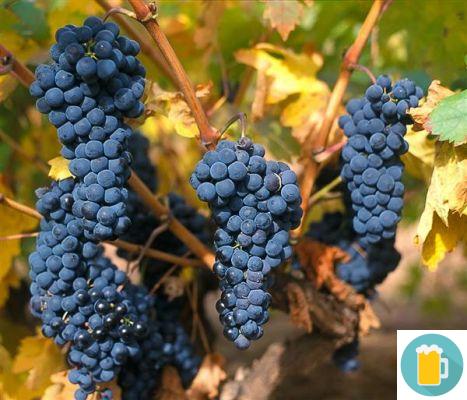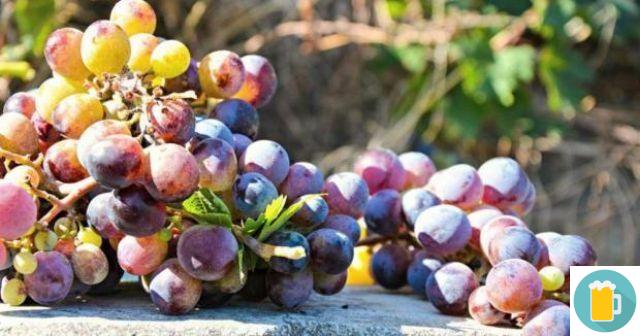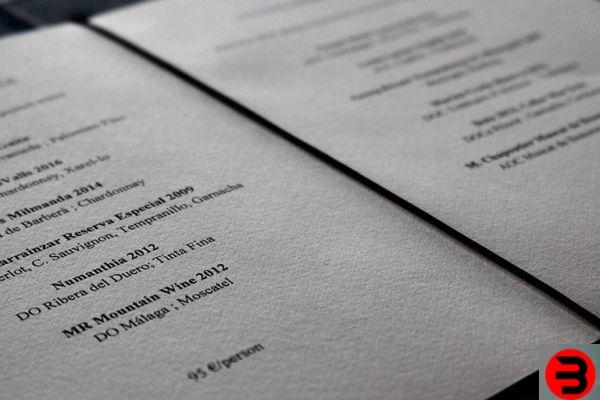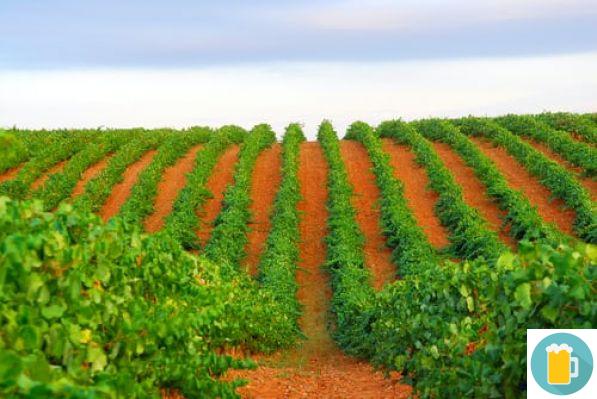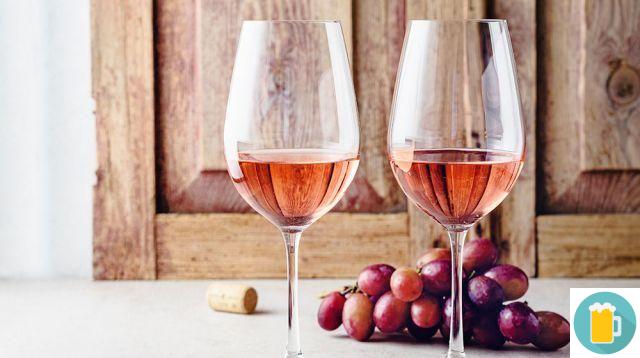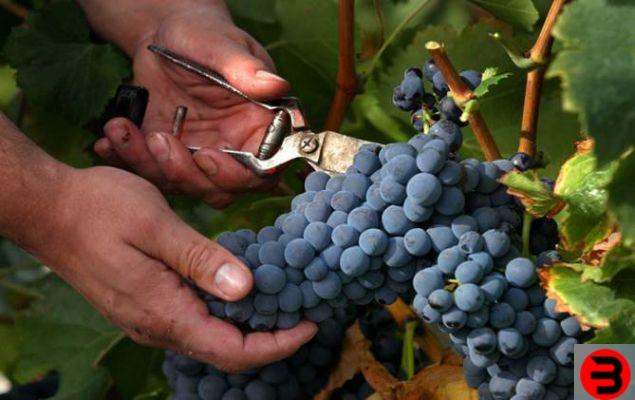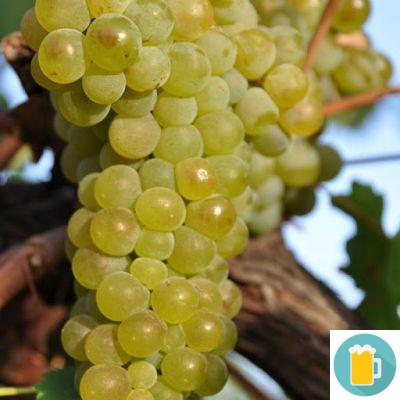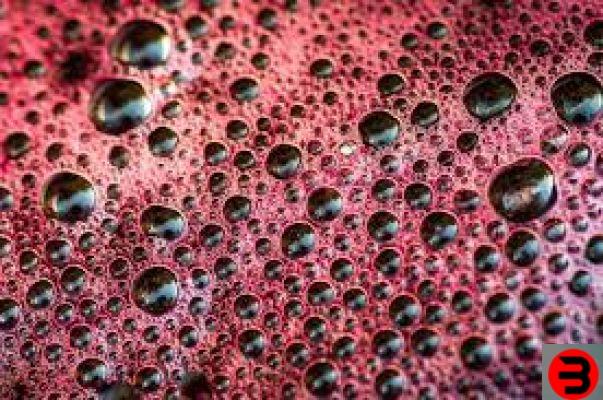What is winemaking
La winemaking proper is the process of transformation into wine of must obtained for previous pressing of the berries. The must is rich in sugar (glycose and fructose), which are transformed by yeast, substances present in nature and belonging to the genus of saccharomycetes (species of fungal nature).
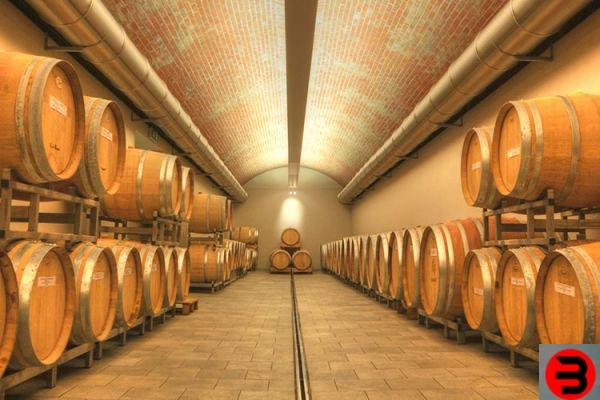
Indigenous yeasts and selected yeasts
In oenology are used yeast of the species Saccharomyces cerevisiae, of the same family as those used for beer. Yeasts are therefore unicellular fungal microorganisms, spherical, oval or elliptical in shape, about 5-30 μm in length and 1-5 μm in width. The yeasts are already present on grape skins, less on immature grapes, but with the maturity and up to harvest, the sugars reach the surface of the berries providing nourishment to the yeasts, increasing the population. The so-called indigenous yeasts (occurring in nature) belong to families other than those selected artificially (Saccharomyces cerevisiae). On the immature clusters, genera such as Torulopsis, Cryptococcus, Rhodotorula and Candida predominate, as well as Aureobasidium, Sporobolomyces, Filobasidium, generally present in the vineyard (soil, leaves, bark). In the bunches maturi are found above all apiculate yeasts to oxidative metabolism such as Hanseniaspora and Metschnikowia, which seem to dominate even on damaged fruits, while the main agent of fermentation, Saccharomyces cerevisiae, is not present except in very small quantities on the bunches.
Respiration and growth of yeasts
In the initial phase of the transformation of sugars, yeasts play a aerobic breathing (using oxygen in the air), which transforms sugars into CO2 and H2O. This metabolic phase allows the yeasts to obtain the amount of energy necessary for their rapid growth. There fermentation true and proper occurs within the mass when yeasts, due to lack of oxygen, pass from an aerobic to anaerobic metabolism.
Glycolysis and fermentation
The set of transformation reactions of sugar (glucose and fructose) both anaerobically and aerobically, is defined glycolysis. Glycolysis takes place inside the yeast cells, leading to obtain theATP (adenosine triphosphate), molecules with high energy content used by cells and as by-products thepyruvic acid, in turn a starting molecule for subsequent and intermediate biosynthesis reactions including glycerol. In anaerobic conditions the yeasts transform pyruvic acid into carbon dioxide and ethyl alcohol which end the alcoholic fermentation.
Types of winemaking
Depending on the type of wine that you want to achieve there are several types of winemaking, which differ from each other for a series of cellar practices suitable for producing the type of wine in question.
White vinification
The pressed comes separated from the skins and pips (sgrondatura) immediately after pressing, in order to avoid the transfer of tannins and coloring substances to the wine.
Vinification in red
The crushed is in this case left to macerate with the skins and seeds to obtain the transfer of tannins and coloring substances to red wine, which is to be avoided in the case of White wines.
Rosé vinification
La winemaking of rosé wines it does not differ much from that of the reds, except for the duration of the contact time of the must with the skins and therefore the quantity of coloring substances and tannins transferred to the wine, in the case of wines rosé substantially lower than the Red wines.
Carbonic maceration
La carbonic maceration is the technique used for the production of new wines, and involves the pressing of the bunches into the mass, caused by their own weight, followed by an anaerobic fermentation (under an atmosphere of carbon dioxide), which allows a greater extraction of coloring and aromatic substances that make up the particular organoleptic profile of these wines .
Cold vinification
La cold vinification it is not a real winemaking system, but rather a cellar practice applied to White wines, which consists in lowering the fermentation temperature well below 25 ° C, considered as the minimum temperature to trigger the reactions of the saccharomycetes of the genus cerevisiae. The use of particular species of yeasts allows you to carry out fermentations by lowering the temperature even up to 10-13 °C (77°F) and thus allowing the preservation of a large spectrum of aromatic substances that enrich the bouquet of white wines.
Continuous vinification
The vinification takes place in this case in continuous fermenters, consisting of tanks in steel stainless steel with a capacity ranging from 800 to 4000 hectoliters, in which the crushed it enters through a pipe placed in the lower part, and exits through an outlet placed in the part top, after completing fermentation. The pomace is mechanically extracted by an auger, which makes it fall into the hopper of a continuous press which presses it, while the seeds are deposited on the bottom. This type of vinification allows the speeding up of all operations and the treatment of large quantities of crushed grapes. It requires industrial plant engineering and is used for the mass production of low-priced wines.




